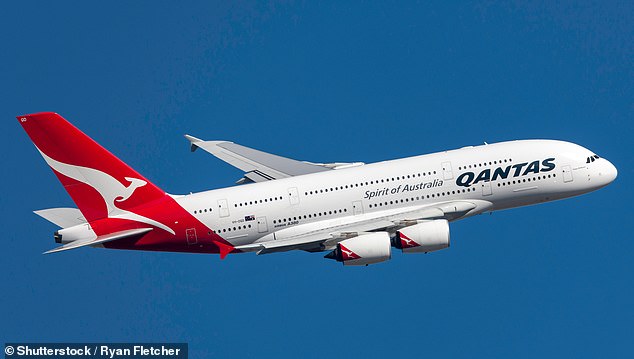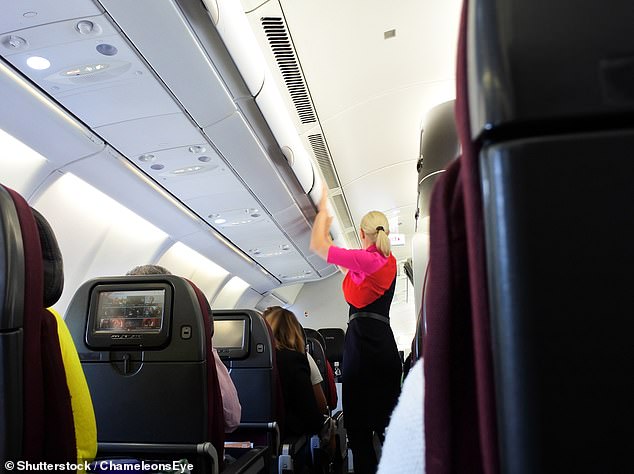Warning airline seats in Australia are no longer big enough for passengers – here’s why
Australia’s airline warning seats are no longer enough for passengers – here’s why
Airlines must address ‘significant problems’ caused by weight gain in Australia that could drive travelers off their services and drive up fuel costs.
Australians are putting on roughly 3kg every 10 years, a trend that has major implications for travel, according to a new study of 20,000 adults by the University of South Australia, Transport for NSW and the Victoria Department of Transport.
The country’s first anthropometric data, produced by the iMOVE Cooperative Research Centre, predicts the average Australian is expected to gain weight by 1.5 to 3.5kg per decade, a figure that is ‘alarming’ according to managing director Ian Christensen.
“It’s alarming because of the implications it has for our transport vehicles and potentially alarming for the impact it could have on community health,” he said.
The extra weight is predicted to cause problems for travelers, as “changes in body shape dimensions over the past 30 years have made airline seat dimensions problematic and unable to accommodate up to 68 percent of men and 22 percent of women”. according to the study.

Airlines must tackle ‘significant problems’ caused by weight gain in Australia that could drive travelers off their services and drive up fuel costs (file photo)
Christensen said airlines often base their average passenger weight data on decades-old averages that do not reflect the Australian population, which can ’cause significant problems for people in the Australian community who are at the lower end of the spectrum in terms of pertains to weight or height’.
“It would be prudent for all transport authorities, public and private, to ensure that the vehicles they are adding to their fleets are designed to accommodate the community that actually exists and the people that actually exist, not an imaginary average that is not accurately reflecting the actual population,” he said.
The issue of putting larger bodies on planes is far from Australian, with more than half the world’s population predicted to be overweight or obese by 2035.
American plus-size travel influencer Jae’lynn Chaney started a petition in April asking US aviation authorities to mandate that airlines give extra seats free of charge to those who need them.
“Is it right to squeeze someone into a single seat, causing inconvenience to them and other passengers, when there is a simple solution?” she said as she launched her petition.
‘We are not looking for luxury; we are asking for basic dignity.’
Virgin and Qantas both declined to comment on whether they were incorporating the grim new statistics into their plans for future seat designs.
Currently, the only accommodations made for oversized travelers are offers to buy an extra seat next to them and seat belt extensions.

American plus-size travel influencer Jae’lynn Chaney (pictured) started a petition in April asking airlines to give a free extra seat to those who can’t fit in one.

Australians are putting on around 3kg every 10 years, a trend that has left up to 68 per cent of men and 22 per cent of women unable to fit into current seat dimensions (file image)
The problem also extends beyond airlines to other forms of transport, such as public buses and trains, with Transport for NSW planning to incorporate the results into their future planning, according to senior human factors specialist Christina Kirsch.
“Our aim is to get data specific to the Australian population so we can design public transport that caters specifically to our shapes and sizes,” Ms Kirsch said.
“These designs directly impact passenger comfort, safety, accessibility and the overall user experience. By incorporating anthropometric data into the design process, we can ensure that work and transport systems are more efficient, safe and comfortable for our staff and customers to use.’
(tagsTranslate)daily mail(s)news(s)South Australia(s)New South Wales
